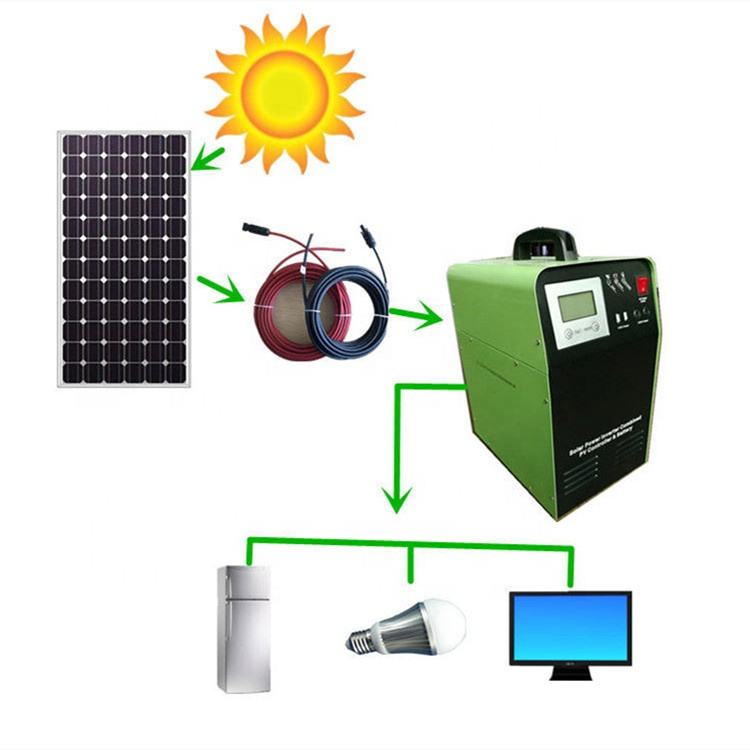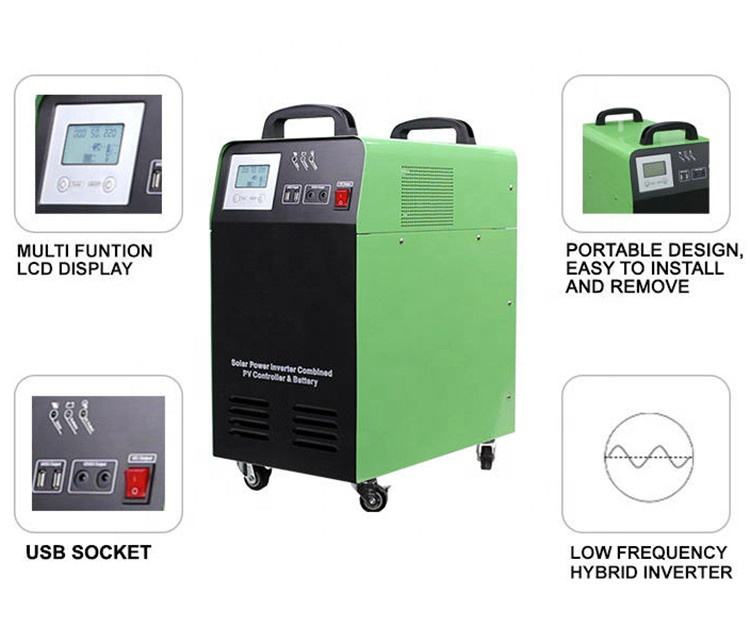**Short-Circuit Current Concept**
Short-circuit current refers to the abnormal flow of electrical current that occurs in a power system when an unintended low-impedance connection forms between different phases or between a phase and ground (or neutral). This type of fault can lead to currents far exceeding the rated current of the system. The magnitude of the short-circuit current depends on several factors, including the distance from the power source and the overall impedance of the network.
**Purpose and Significance of Short-Circuit Current Calculation**
Calculating short-circuit currents is essential for ensuring the safe and reliable operation of power systems. It helps engineers select appropriate protective devices such as circuit breakers and relays, which are capable of interrupting large fault currents quickly. These measures help prevent damage to equipment and reduce the impact of faults. In addition, short-circuit calculations are crucial during the design and operation of power systems for:
1. Selecting and verifying the thermal and mechanical stability of electrical equipment and conductors.
2. Setting relay protection systems to ensure they respond correctly to faults.
3. Determining the optimal configuration of the main electrical wiring and implementing current-limiting strategies.
4. Ensuring that protective devices can handle the worst-case short-circuit conditions without failure.
These calculations also support the selection of fuses, the design of new substations, and the setting of protection schemes, making them a fundamental part of electrical engineering practice.
**Short-Circuit Current Calculation Conditions**
When performing short-circuit current calculations, certain assumptions are typically made to simplify the process. For example, it is often assumed that the power system has infinite capacity, meaning that the voltage at the bus remains constant even after a fault occurs. This assumption is valid for high-voltage systems (110 kV and above), where the internal impedance is negligible compared to the rest of the network.
In high-voltage applications, only the reactance of generators, transformers, and reactors is considered, while resistance is ignored. For overhead lines and cables, resistance is only taken into account if it exceeds one-third of the reactance. Additionally, three-phase short circuits are typically used for calculations because they represent the most severe condition. If a device can handle a three-phase fault, it will also be able to manage single-phase or two-phase faults.
**Short-Circuit Current Calculation**
The primary objectives of short-circuit current calculations include:
1. Verifying the mechanical and thermal stability of electrical equipment.
2. Confirming the interrupting capability of switches and circuit breakers.
3. Determining the settings for relay protection and automatic safety devices.
4. Supporting the design of power systems and the selection of main electrical configurations.
5. Assisting in fault analysis and identifying potential issues.
6. Evaluating electromagnetic interference on nearby communication lines.
Common methods for calculating short-circuit currents include the impedance matrix method, which uses the superposition principle to determine the fault current based on pre-fault conditions. This approach allows engineers to accurately model the behavior of the power system under fault conditions.
**Hazards of Short-Circuit Current**
A short-circuit can cause significant damage to a power system. It may lead to sudden changes in power distribution, voltage drops, and instability in parallel operations between power plants. This can result in overloads, loss of supply to certain areas, and even widespread blackouts. The longer the duration of the fault, the greater the risk to the entire system. To mitigate these risks, it's important to limit short-circuit currents through proper design and maintenance practices, ensuring that the system can quickly return to normal operation.
**Prevention Measures for Short-Circuit Currents**
To minimize the occurrence and impact of short-circuits, several preventive measures should be implemented:
1. Accurately calculate short-circuit currents and properly select and verify electrical equipment.
2. Set relay protection thresholds and fuse ratings appropriately to ensure rapid disconnection of faults.
3. Install lightning rods and arresters to protect against lightning strikes.
4. Maintain overhead lines and ensure proper sag and alignment.
5. Follow strict procedures during installation and maintenance to avoid miswiring or accidental contact with live parts.
6. Prevent small animals from entering electrical rooms and climbing equipment.
7. Regularly clean conductive dust from equipment to avoid contamination.
8. Clearly mark buried cables and supervise excavation work to prevent damage.
9. Ensure that all personnel follow safety protocols, operate equipment correctly, and remove grounding wires promptly after maintenance.
By implementing these measures, power systems can be made more resilient and less prone to failures caused by short-circuit events.
Portable Solar System
Application:Freezer, pump water, TV, fan, street light,etc.
Advantage:Easy to install and operate;
Very suitable for scattered rural areas;
Use more accurately because the user is a separate household.

Portable Solar System,Solar Power System For Home,Off Grid Solar Generator
suzhou whaylan new energy technology co., ltd , https://www.xinlingvideo.com
![<?echo $_SERVER['SERVER_NAME'];?>](/template/twentyseventeen/skin/images/header.jpg)